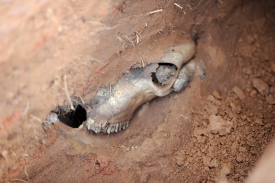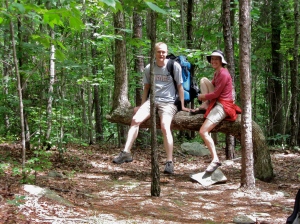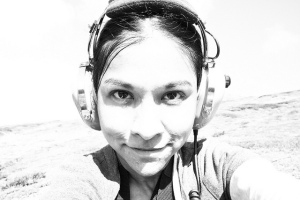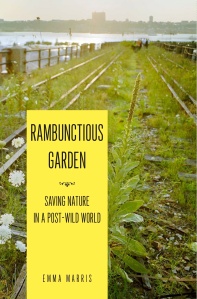This is an open letter to the NC Hunt & Fish forum* which contains a thread on red wolves. For some time now, posters have quoted and excerpted materials from my book, The Secret World of Red Wolves, to uphold their perception that the red wolf reintroduction program in northeastern North Carolina ought to be shut down. This is a cynical political ploy, as the central thesis of the book is that red wolves are unique, are native to the Southeast, and are so rare in the wild that extreme measures are necessary to conserve them.
Speaking of rare, I’m preemptively turning off comments for this post — something I’ve never even thought about doing previously. The reason behind this decsion lies in the uncivil, and at times aggressive and bullying, tone which is often taken on this forum thread, and which is sure to spill over here. This letter is intended to communicate my thoughts on the misrepresentations of my work — and my character — on the forum. I do not wish for this post to become a place where anti-red wolf and pro-red wolf supporters lob firebombs at each other, as has played out in other online spaces.
Libel on the NC Hunt & Fish forum?
It has been personally and professionally disconcerting to see my writing misconstrued, misrepresented and quoted out of context on this forum. But most galling, poster “BR549” recently insinuated that I was dismissed from the Red Wolf Coalition Board of Directors because the group was displeased with my book, which (supposedly) the Board has only just now come to realize supports the position of shutting down the Red Wolf Reintroduction Program. (Post #1574)
Both suppositions are flatly untrue.
This claim is false, uninformed, and in my opinion it is libelous. It defames my character by insinuating my professional writing and research were poor, and that I lost my position on the RWC Board due to their displeasure with the outcomes of my book. Neither accusation is true; both are groundless; and both are intended to harm and degrade me, and my work, personally.
Although I’ve let slide for months the sometimes atrocious misquotes and misinterpretations of my writing on this forum, I can not let slide misrepresentations of my character. The poster rather narcissistically claims that since they alone have “connected all the dots” of facts represented in the book, that somehow they have made the RWC Board see the light and understand that my book undermines the red wolf program and supports the anti-red wolf crusaders. This is absurd. What the Board sees is that someone is misconstruing my work to misappropriate it for their own uses. And while none of us can control that, we can call out the egregious personal accusations made by poster BR549.
This forum is publicly available. It is indexed by Google. It’s users ought to be made fully aware that what they post there is governed by laws covering libel.
For the poster in question to make the above assumptions based solely on the appearance and disappearance of my name from the RWC website reminds me of Plato’s allegory of the cave. It’s impossible to discern true knowledge when one only casts their gaze upon shadows of reality.









